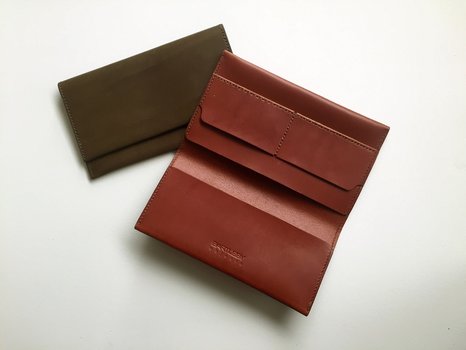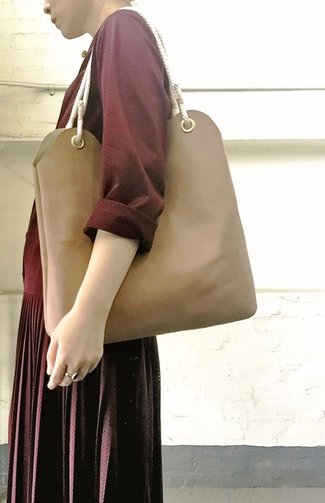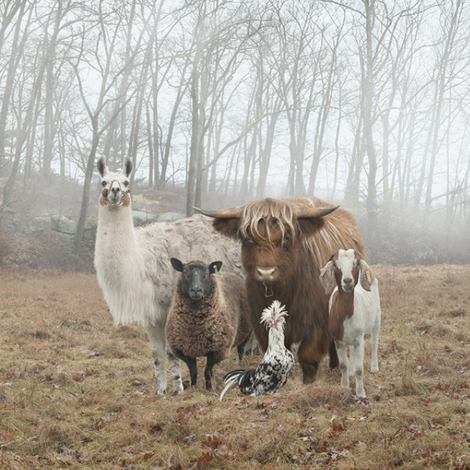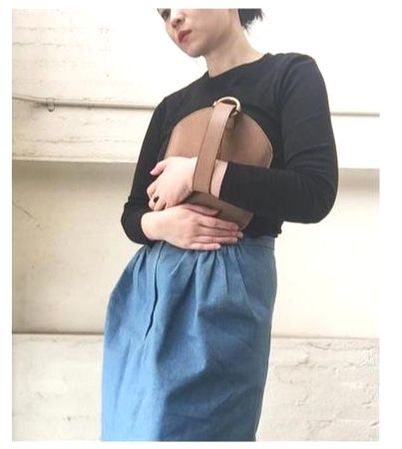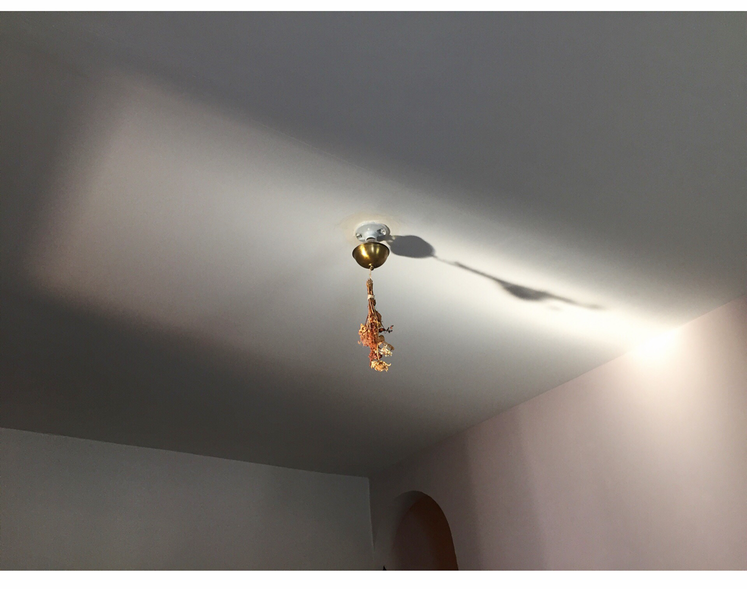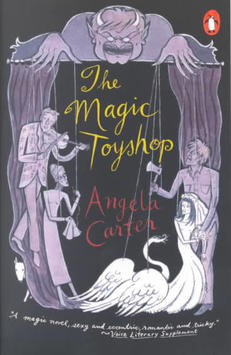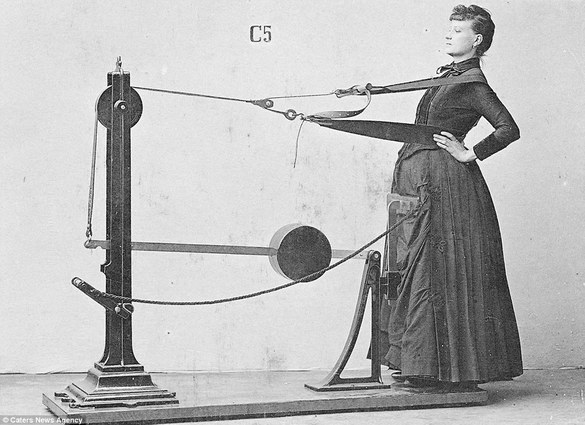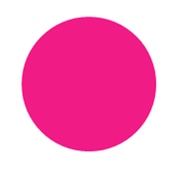|
I just filed my taxes, so I'm feeling a little punchy. I won't rant, but I will say this: transparency is not just for politicians. Obfuscation is available to everyone - congress, journalists, retailers, and manufacturers. Authenticity has, perhaps, never been authentic but it's now something to be carefully crafted. I read this last week: "...meticulously crafted for their sense of authenticity." I don't know what that means, but I know what that means, and it means the opposite of what it means. We pay for all manner of things: a feeling, a story, a method, a way out. It's none of my business what other people pay for, but it is literally My Business to identify what you will pay for what I do. And in making this determination, transparency and consistency is the most common sense approach. We mark-items down 50% when they will be discontinued; we know stockists are out of stock and we want to make it more accessible before it goes away for good. We have a event-driven sale when it's a good time to say thank you. That's it. Our prices are based in the real cost of materials, labour, time, New York real estate. We don't get too caught up in "perceived cost". We don't inflate prices so that customers can feel like they got a better deal, later. In our current state, I think a true kindness is to be honest about what you can expect and what numbers actually mean. Prices cannot be the hook. The Object must be the desirable thing, but to keep the relationship equitable, the price must then be the simple cost of transferring desire from one party to another. In this transfer, the deal you get is the deal I get. And in this way, if the Objects is the desire, the trust can be the hook.
0 Comments
Our first bag design: Trudis Tote
I didn't formally study fashion or product design. I studied Dance, English Literature, Women's Studies, and Interior Design. That means I spent a lot of my youth thinking about how to relate the body to itself, communicate the imagined, how the imposition of desire and power is body-specific, and how to manifest power, desire, and the imagination in the world by successfully relating all three to the body. A winding road, but infinitely useful. Trudis was born when I bought a leather bag, found that the straps wouldn't stay on my shoulders with a winter coat, [nervously] cut the top of the straps off to make a more accommodating shape, and attached new straps with what I had available. The resulting wave shape and rope made me think of being on vacation, and vacation is always linked, in my mind, to Portugal, where I once heard someone shout the name "Trudis!". The body, the imagined, the desire, manifested in a bag. image via J.M. Generals
Yep. We come face to face with our material. I admit, I have an completely indefensible position on this. If I kept livestock, I would have a very hard time continuing to work with leather. I prefer animals to a lot of people, and that makes my livelihood uncomfortable, to say the least. As with so many of my failings, I'll accept it and work to make up for the deficit: 1. Faux leather is not an option. We have no track record of the environmental mess its production leaves in its wake. It's another product that goes directly into the pockets of large petrochemical companies and I'm not into that. 2. We use veg-tanned leathers that are produced within 800 miles of us, supporting our "local" community and cutting on transport fuel cost and energy waste. 3. Our Italian leathers are by-products of animals used to food production. We are proud to encourage full use of the animal, and if that means the goods have to travel, that's the trade-off. 4. Vegetable tanning is an old process with a track record - we generally know what it does to the surrounding environment and its effects on the body in the process of tannage. Responsible tanneries take measures to protect their staff and we are loyal to those tanneries. 5. We make in small quantities. I don't know who supplies Coach or LV, but their output requires herds. Then add brands at lower price points and how many bags and belts they are making. That amounts to lots of cows, therefore lots of deforesting and lots of cow farts. Cow. Farts. 6. We're obsessed with waste and hand-cut to ensure the absolute highest yield we can manage without sacrificing leather quality. We keep scraps for re-use and develop designs that can use smaller pieces. It operates in a true economy, and saves myself from that very terrible feeling of throwing away an animal's hide. It's worse than throwing away the spoiled greens from that CSA you signed up for two summers ago. 7. We make it to last. We make it to be repaired. We make it to get better with age. So thank you Daisy. I hope you were well-treated in life, and we promise to treat you well now. image: Jeanette Clutch, in Sand
Everything I know about making things I first learned by reading Jeanette Winterson. I first read The Passion, then Oranges are Not the Only Fruit, then I read everything. I consumed every book she wrote in a greedy, messy, wanton love affair. I was 19, alone in the world, and unmoored. Winterson's books became my lighthouse. Learned: 1. the object will tell the story 2. others will desire a backstory as much as a story 3. control is not the way to go 4. shield yourself in an unguarded way and it'll be fine 5. making work can get ugly 6. ugliness is as useful as beauty ... I could go on but I'm loathe to put my ideas in her place. Read Winterson. Read her often, and repeatedly. ... A footnote: Bartleby Objects is not consciously named in the tradition of Art Objects. But it's a nice coincidence. A new biography of Angela Carter was published recently.
I haven't read it, but I have read Angela Carter, and you should too. She was good; better than she was given credit for. Her stories went down easily and quickly. They were gruesome and beguiling, which can be easily dismissed as unsubstantial when really the reader just hasn't understood the work. And yet, somehow, if I don't like David Foster Wallace or James Joyce, I'm not reading it properly. Go read Angela Carter. People often ask "what inspires you?" and I have to admit, right now, not a lot. I haven't read a book in about 4 years. I haven't been to the cinema in about 2. I feel okay about it. I like my work and I tend not to absorb material when I'm producing lots of work. It's fine. I have a good backlog of influences, and I've never cared much for staying current. xx, m "You keep using that word. I do not think it means what you think it means"
Inspiration...journey...effortless...quality... There are many more, I'm sure. I've been involved in design for long enough that I don't know what these words mean anymore. I like words so this makes me crazy. We'll try to do better here. xx, m |

